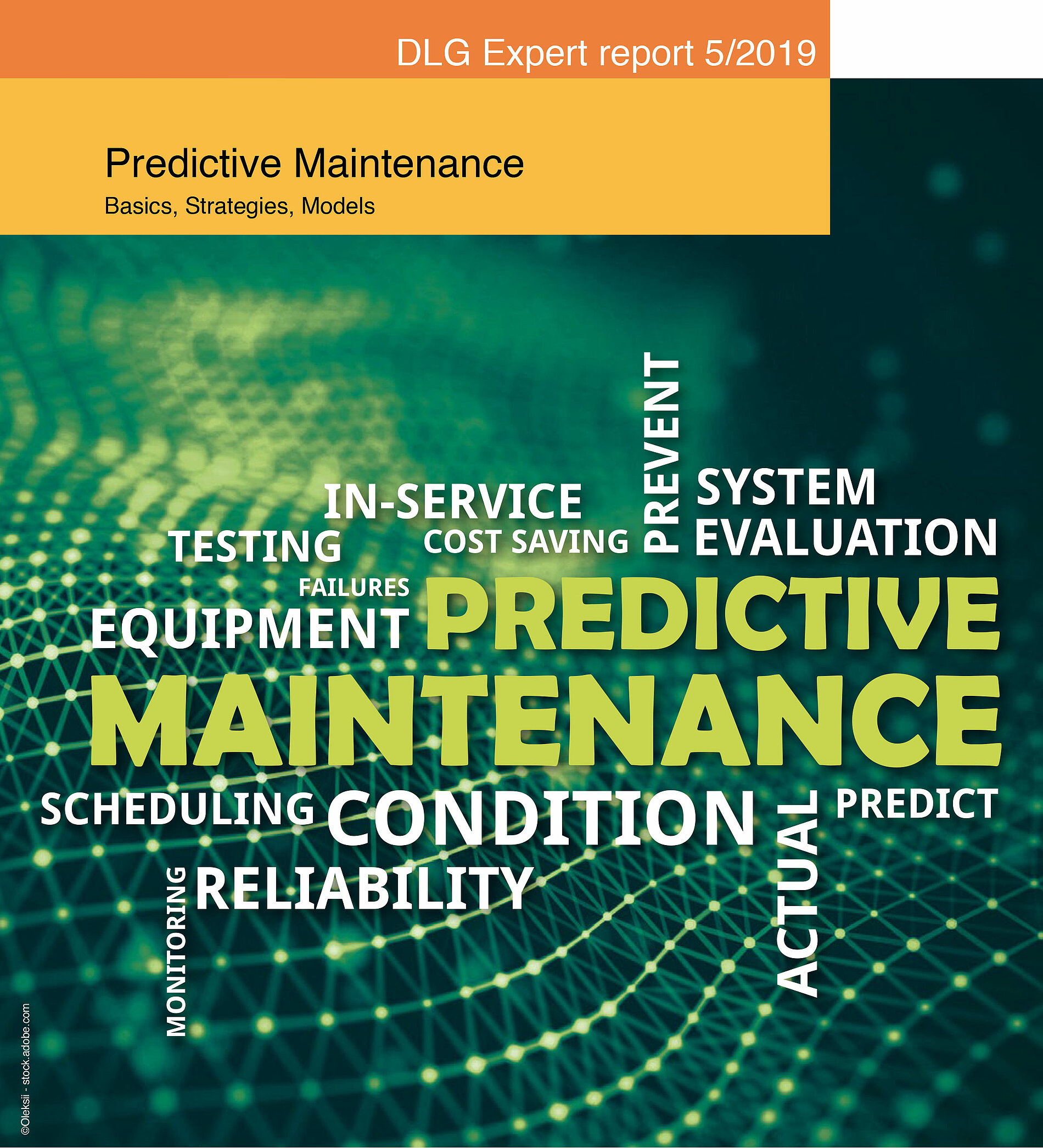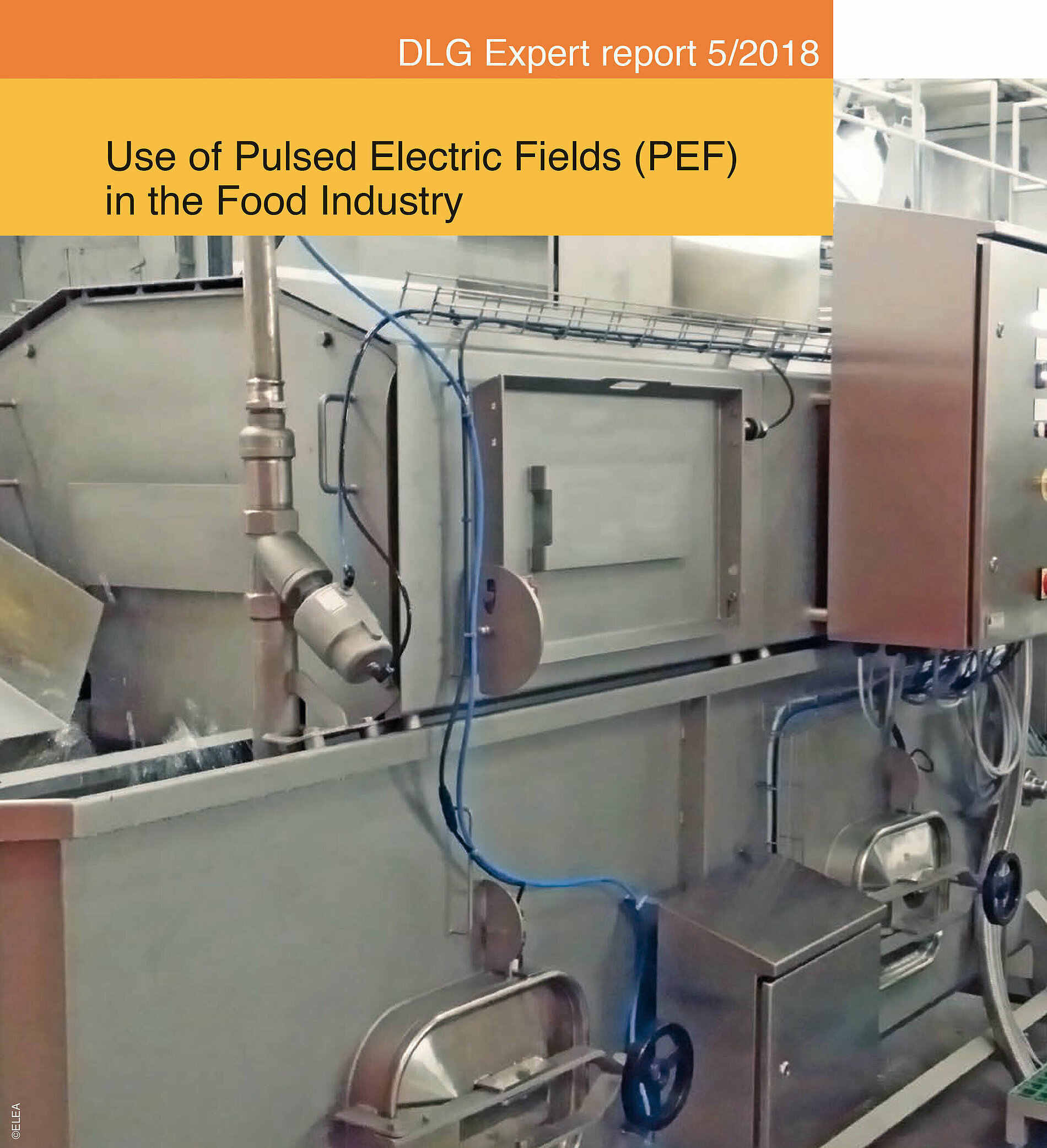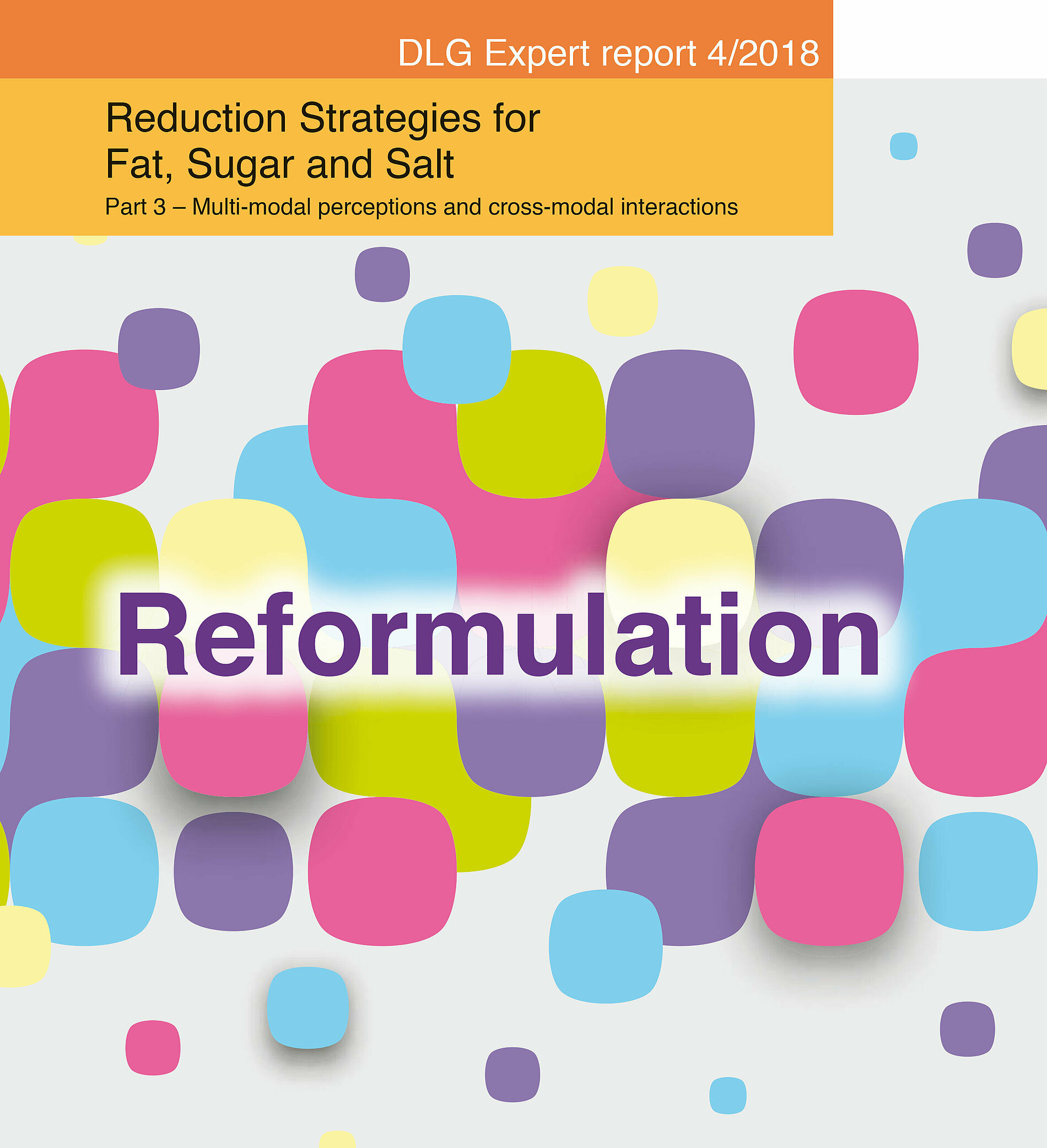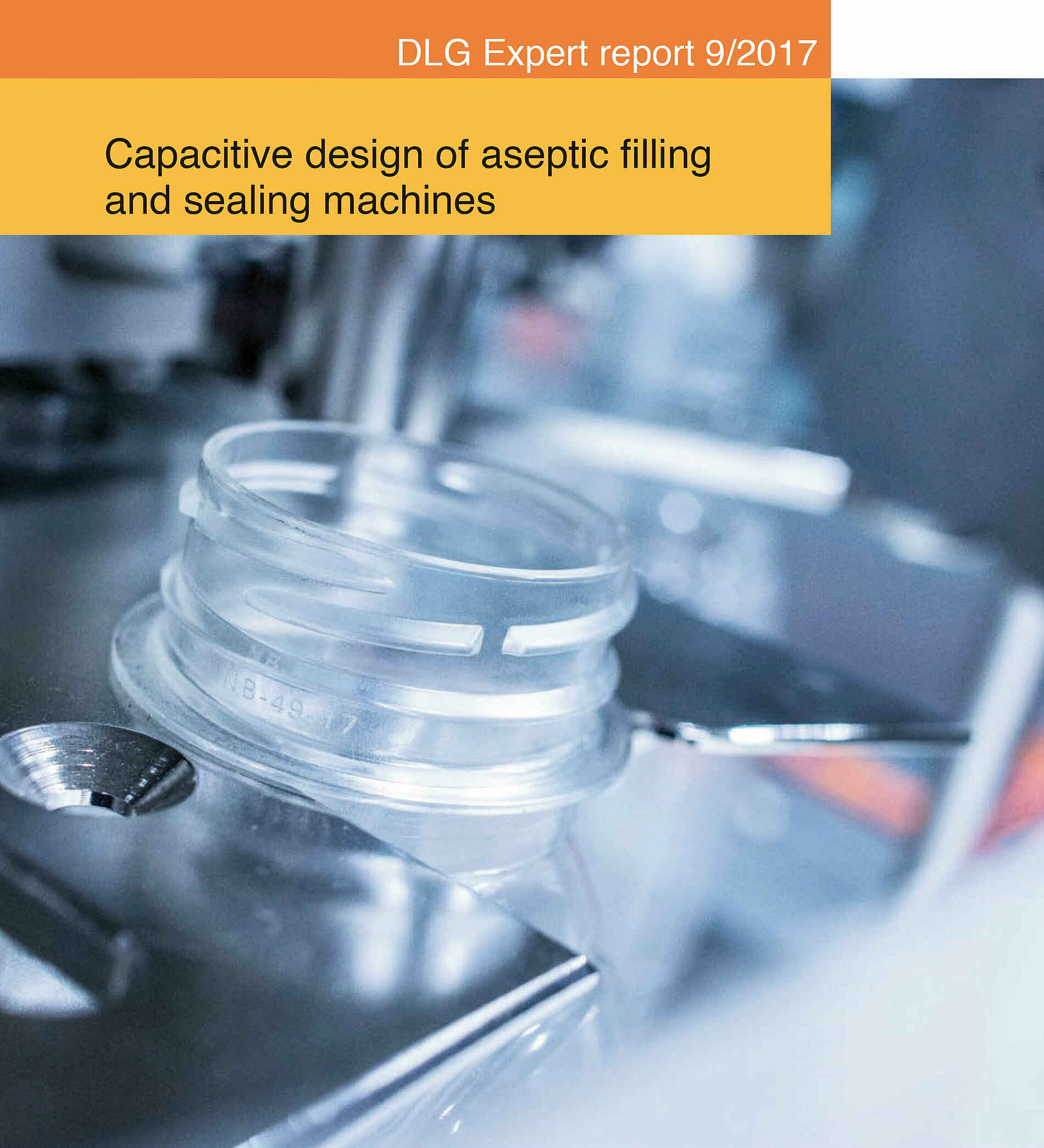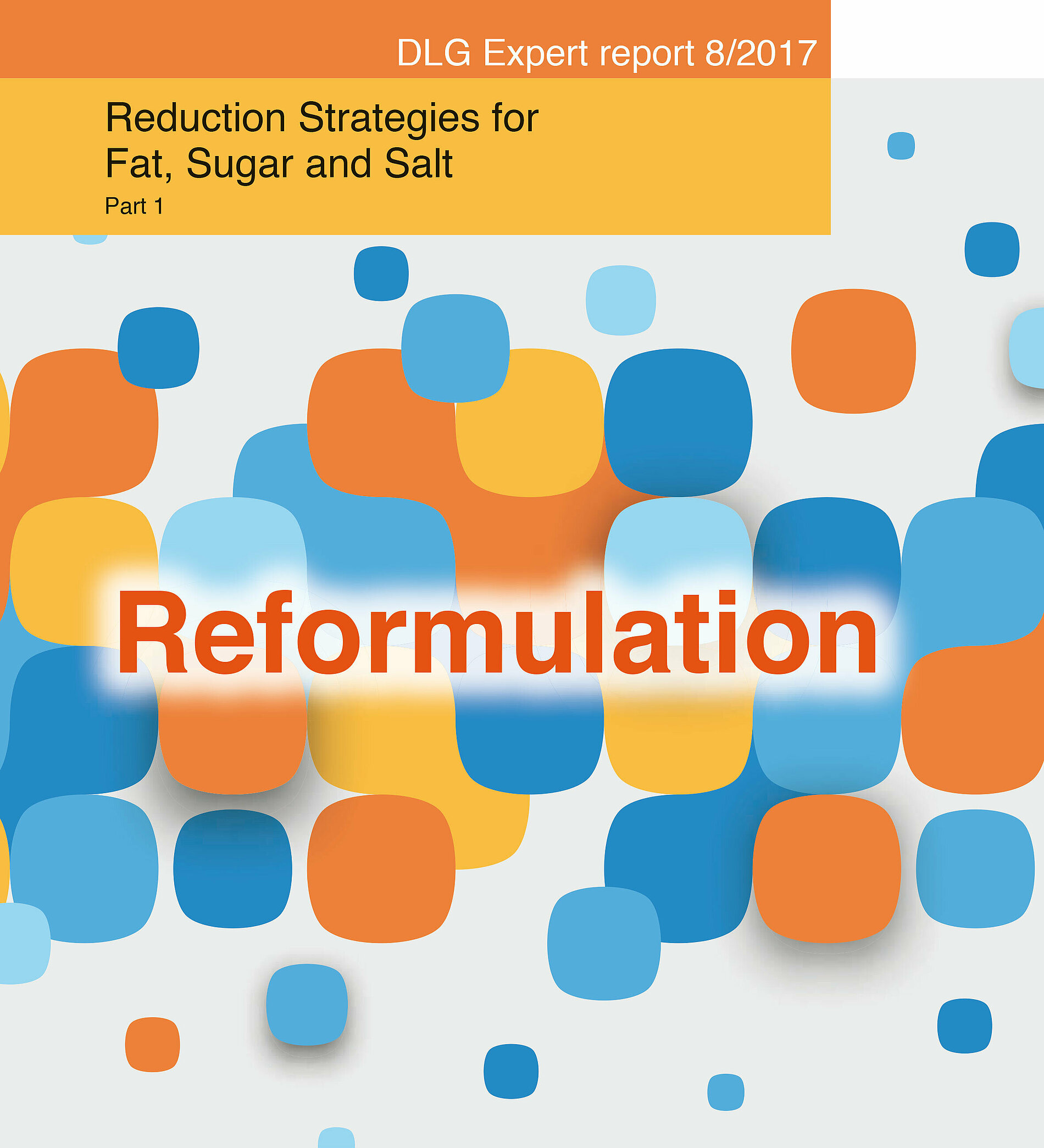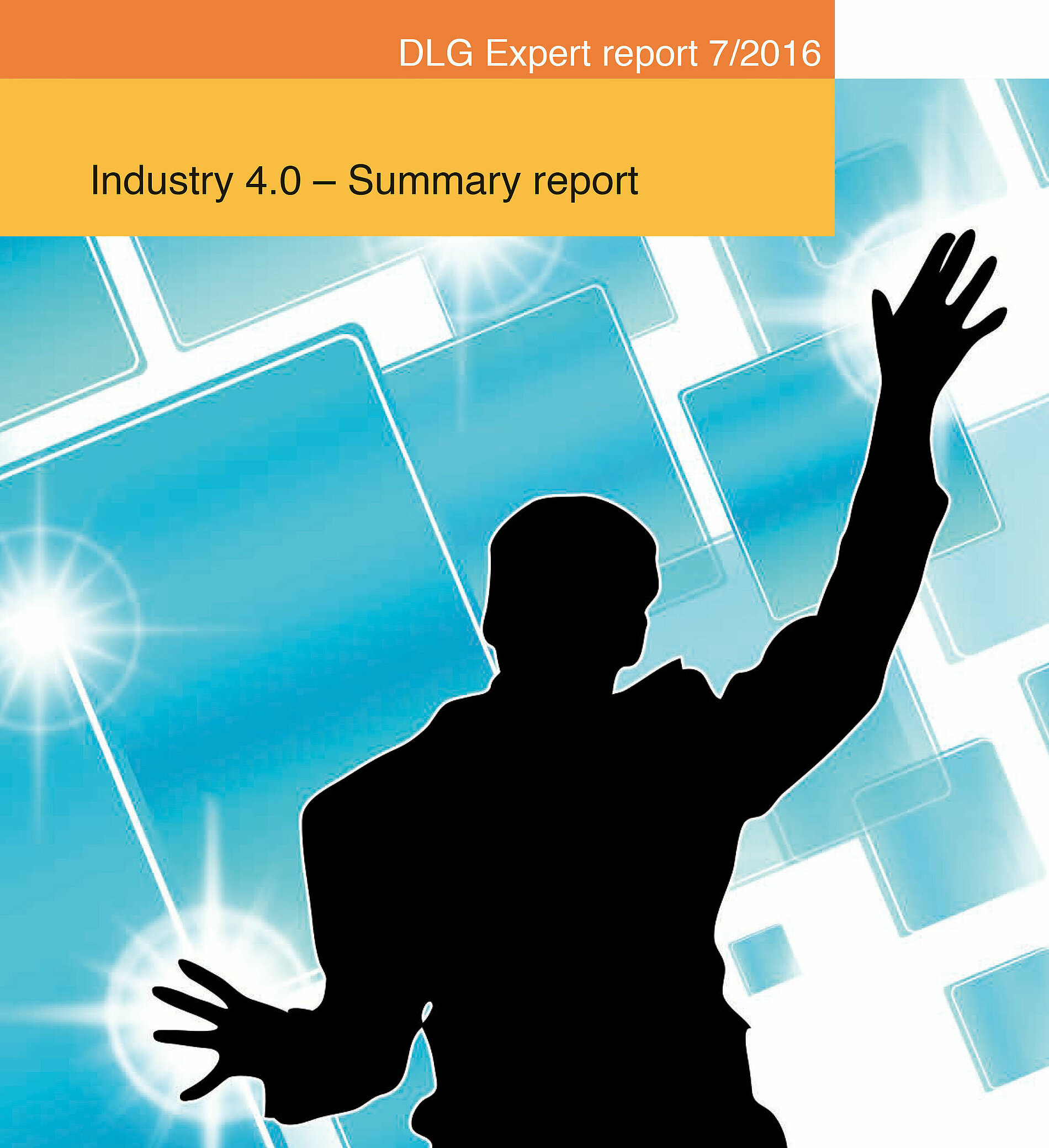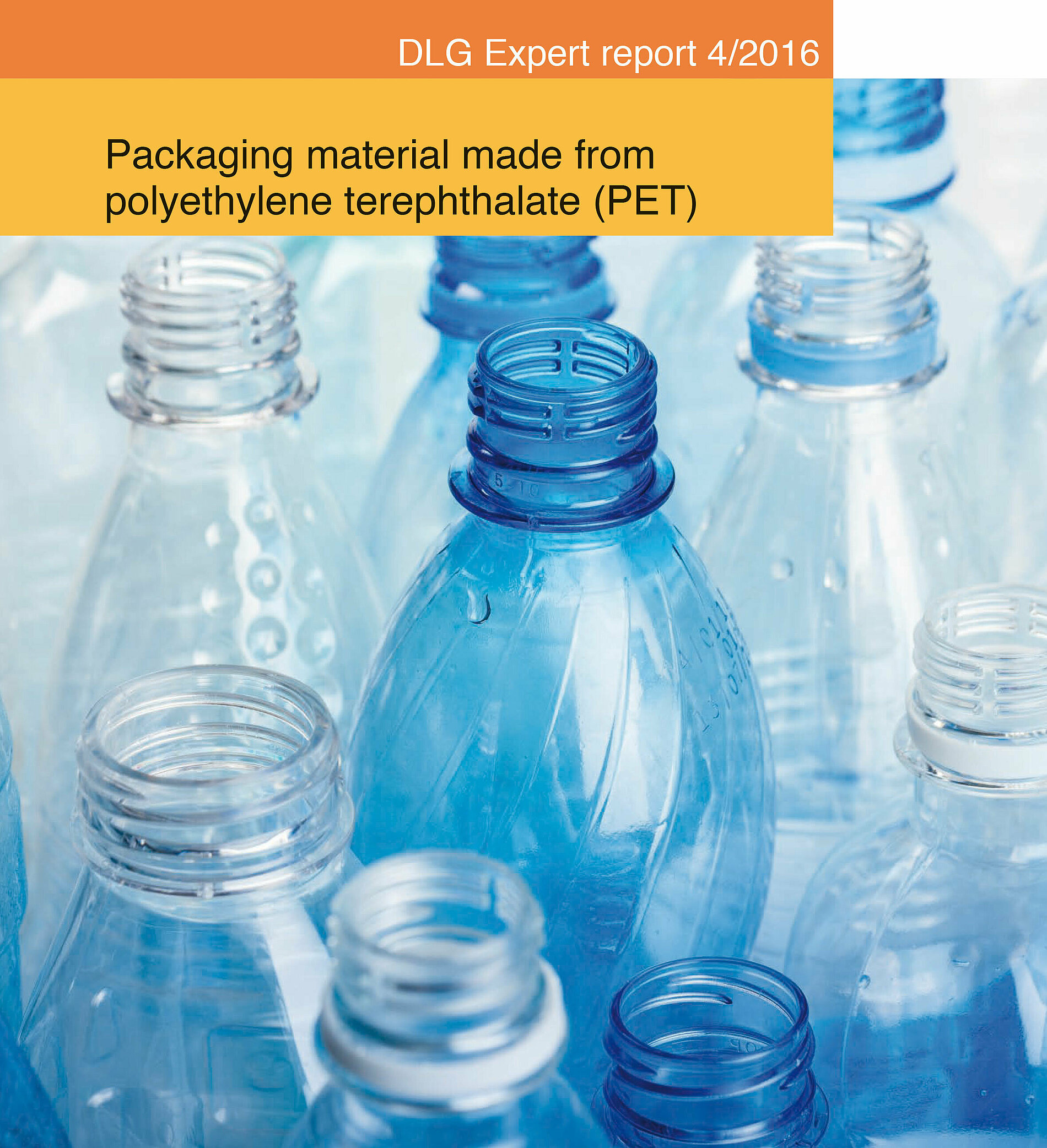DLG-Expert reports: Food technology
DLG-Expert reports: Trends and strategies straight from the source. The DLG regularly provides information on the latest topics and developments in areas such as food technology, quality management, sensory technology, and food quality. In the series experts address current issues and provide comprehensive information and support.
Embracing Digitalization
DLG Expert Report 4/2024
This article addresses the significance of digitalization in the context of recall management, highlighting the benefits of utilizing recall management software tools and participating in a global recall ready community. It explores how leveraging technology-driven solutions, such as recall management software tools, can revolutionize the way companies respond to recall incidents. Additionally, it underscores the importance of active participation in a global recall ready community, wherein industry stakeholders collaborate to enhance preparedness and response capabilities.
Food packaging concepts for the circular economy
DLG-Expert knowledge 03/2024
Against the background of the global challenges that require a circular economy, the resulting legal frameworks and the tension between functionality and recyclability of food packaging, the following key question of this expert report arises: “To what extent is the concept of a circular economy essential for food packaging and what strategies enable successful implementation?”
Extrusion - Traditional structuring and texturizing processes for the food production of the future
DLG Expert report 2/2022
Extrusion is a versatile and efficient food processing technique that is used for the preparation of mostly starch and protein based feed and food products. Extrusion is a process in which a material or material mixture is forced through an opening or a die with a defined shape. This expert knowledge presents the different processes and extruder classes and gives an outlook on novel processes that can be used to develop ever new raw material sources for animal-free product matrices with completely new textures.
Predictive Maintenance - Basics, Strategies, Models
DLG-Expert knowledge 05/2019
Stable production performance and sustainable product quality with predictable production costs can only be ensured through efficient and resource-saving production processes. "Predictive maintenance is the logical further development of monitoring maintenance and, with modern analysis technologies, offers the possibility of predicting impending defects in order to be able to take the appropriate countermeasures before an unplanned defect occurs. Read more in this expert knowledge.
Reduction Strategies for Fat, Sugar and Salt (Part 5) – Blueprinting as an instrument within recipe management
DLG-Expert knowledge 14/2018
This expert report discusses the scientific approach of “blueprinting” as a helpful tool in food & beverage product development. It specifically addresses how product blueprints can help in meeting the challenges of salt, fat and sugar reduction strategies. Changes to ingredients, whether it be by type or concentration, can alter a product’s blueprint in fundamental ways. Blueprinting helps developers understand and control the changes that occur when a product is modified during a reformulation project.
Reduction Strategies for Fat, Sugar and Salt (Part 4) – Focus on milk, dairy products and cheese
DLG-Expert knowledge 13/2018
In part 4 of the topic series "Reduction strategies for fat, sugar and salt", the focus is on dairy products in different articles. With a per capita consumption of about 52 kg of drinking milk, 30 kg of mixed milk drinks and 24 kg of cheese, dairy products represent an essential source of nutrients. Due to their complex composition and product structure, milk and dairy products are particularly suitable for reduction strategies in the areas of fat and sugar.
Shelf Life improvement for Fruits and Vegetables with Suitable Packaging Technologies: High-Pressure Processing
Expert report 8/2018
The food market must mainly meet four major challenges today:
1. Reduction of food waste
2. Increasing food safety and consumer protection
3. More careful handling of resources
4. Development and use of need-oriented solutions that take current and future trends into account.
Improvement of Shelf Life of Fruit and Vegetables with Suitable Packaging Technologies
DLG Expert report 7-2018
Food manufacturers and producers, the industry, packagers, exporters, importers, and the trade are called on to use available, optimum packaging technologies, packaging machines and packaging materials to extend the shelf life and to improve the quality of sensitive, easily perishable products. As a result, they can contribute to improved food safety, maximum consumer protection and the avoidance of food waste...
Use of Pulsed Electric Fields (PEF) in the Food Industry
DLG Expert report 5-2018
The application of pulsed electric fields (PEF) as an innovative technology can be used in various areas of the food industry and bioprocess engineering. Here the objective is to influence the product cell structure. The cells can be plant or animal cells, e.g. those of a potato, but also of microorganisms. These show differences in their size and particularly in their composition...
Reduction Strategies for Fat, Sugar and Salt
DLG Expert report 4-2018
Among other things, the DLG study conducted in 2018 on the “Reduction of sugar, fat and salt in food – between feasibility and consumer expectations” examined to what degree the reduction of sugar, fat and salt can be technologically successfully realised without considerably impairing the taste and texture of the product in the process...
Cultures in salami and raw cured muscles applications
Expert report 3/2018
Sauerkraut, cheese and sausages are examples of food products obtained by one of the oldest processes still in use: fermentation. Already known more than 10 000 years ago for the storage and the transport of food products, the principle of fermentation was however understood much later by Pasteur, in 1857. Described as “the life without air”, fermentation consists in low-energy biochemical reactions occurring in the food matrix (Ockerman H.W. & Basu L., 2014)...
Capacitive design of aseptic filling and sealing machines
DLG Expert report 9-2017
Aseptic methods are often considered to be the ultimate supreme discipline in the filling sector. Despite this, the design of such methods initially takes the same parameters into account as are used for standard filling systems. These include for instance the targeted performance rate, the nature of the packaging materials and the products. However, in most cases aseptic filling and sealing machines involve higher procurement costs...
Reduction Strategies for Fat, Sugar and Salt (Part 1)
Expert report 8/2017
Reduction2020 – less salt, sugar and fat. But how? This report is intended to give a constructive impression of the discussion on the right way to reduce the energy and salt content of foodstuffs by 2020, and above all to objectify it. In the opinion of the authors, the public debate conducted in the media is characterised by a one-sided naming of identical demands for increased regulation by the legislator and admonishing words regarding health development...
3D Food printing: What options the new technology offers
DLG Expert report 4-2017
We walk into the restaurant. The modern atmosphere is reflected in a unique and almost futuristic interior design. A digital menu on the table shows us the various dishes in a picture gallery, providing the most important information at a glance. With just a click we can obtain further details about the ingredients used and also learn something about the local producers. As a starter we choose small cubes of dough in geometrical perfection, from the middle of which dainty plants and mushrooms sprout...
Industry 4.0 - Summary report
Expert report 07/2016
The German term ‘Industrie 4.0’ was fi rst used at the 2011 Hannover Messe trade fair. It encompasses a whole series of innovative processes and developments that are combining new technologies with industry standards in the manufacturing sector in order to serve increasingly fast-moving markets. The internet has fundamentally changed communication and consumer behaviour. Today, thanks to web and cloud technology, information can be shared around the globe...
Leak testing of modified atmosphere packages
DLG Expert report 6-2016
Modified Atmosphere Packaging (MAP) is an extremely effective way of preserving food and extending its shelf-life. However, MAP is only effective if the actual package itself is intact, making leak testing an essential process step in any end-toend packaging concept. Once produce has been packaged in a modifi ed atmosphere, manufacturers should ensure that only packages in perfect condition leave the production line...
Packaging material made from polyethylene terephthalate (PET)
Expert report 04/2016
PET is made from terephthalic acid (a dicarboxylic acid) and ethylene glycol (a dialcohol). Both substances combine to form long polymer chains. Water results as a product of reaction. The polymerisation reaction proceeds in several stages. First a „pre-polymer“ is produced, which is then polymerised further in the melt to longer chains. Like most polymerisation reactions, this reaction too needs a catalyst. For use in PET bottles, in a further production stage the polymer is then heated in granular form for several hours...
Contact
Guido Oppenhäuser • Tel.: +49 (0) 69/24 788-213 • G.Oppenhaeuser@DLG.org




